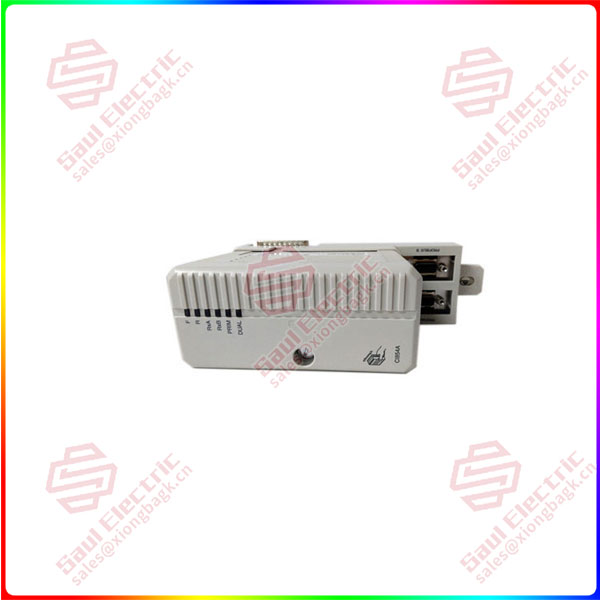Strength “reinforcement” still has shortcomings
“Domestic hardware such as industrial mother-machines has made a certain breakthrough, but it has not matched the status in software.” Zhang Zuochen, deputy general manager of Tianjin Zhuolang Technology Development Co., Ltd. sighed, reflecting the reality of China’s industrial software soft underside.
Wang Weiwei, deputy director of the Information Technology Development Department of the Ministry of Industry and Information Technology, said publicly: “China’s industrial software foundation is still weak, and the bottleneck of key core technologies has not been fundamentally solved.” The phenomenon of small and scattered enterprises and weak industries is still obvious, and the resilience and safety level of the industrial chain and supply chain need to be improved.”
Industry needs hardware and software to walk on two legs, otherwise it will only shift the center of gravity, and it is difficult to move steadily. The shortcomings of software strength “reinforcing” are also the core issues of common concern in the academic community and the industry.
First, the competitiveness of the segmentation field is relatively weak, and the market coverage is low. Industry insiders said that there is a large gap in the core technology of R & D and design software, and it is in the promotion stage of technology introduction and the growth stage of market cultivation, and the domestic software market accounts for less than 10%. Especially manufacturing software, domestic products are mainly concentrated in the low-end market, and foreign products have absolute advantages in the field of sophisticated control. Experts believe that subject to the first-mover advantage of foreign software vendors and the “moat” created by the technical black box, the development of software localization has been squeezed, and commercial generation has been formed.

CI854AK01
Second, the systematic development of the industry is insufficient, the phenomenon of small scattered weak is prominent, and the self-research ability and comprehensive integration ability need to be improved. Li Zhenning, vice president of Kirin Software Co., LTD., believes that although the promotion and application of domestic industrial software has been enhanced in recent years, on the whole, the experimental nature of the product is mostly, the lack of large-scale commercialization and industrial application feedback, and the need to bond with the industrial line is insufficient. Some scholars said that on the one hand, a large number of industrial software modules in China are secondary developed on foreign basic software platforms, which is difficult to avoid being subject to others while the versatility is insufficient. On the other hand, the spontaneous low level of repeated investment has also created a contradiction with the ever-changing industrial demand.
Third, the lack of large-scale application scenarios and data iteration space limits the further maturity of the software. Zhang Zuochen and other entrepreneurs believe that the maturity of industrial software is “fed” out of the data, and a large number of users and use scenarios are required to provide data. “Practical application at scale is a prerequisite for further iterations of software updates.” Zhang Zuochen believes that at present, the ecology of domestic industrial software is still incomplete, and some software is difficult to meet the needs of high-end production, so it also leads to its application scenarios are relatively narrow, and it is difficult to continue to iterate and mature.
Fourth, the system of industry policies and regulations has not yet been perfected, and malicious competition and other phenomena still exist. Feng Guanlin, secretary-general of the Open Atom Open Source Foundation, for example, said that as one of the leading models of global software technology and industrial innovation, software open source is shared through the open source code, a variety of new technologies have been rapidly developed, and enterprises can adopt and apply the latest technological trends faster and maintain sustainable competitiveness. Compared with closed source software, enterprises greatly reduce the cost of open source software development and operation and maintenance, reduce the dependence on suppliers, reduce business risks, but at the same time, they also face many challenges in policies and regulations, open source operation and governance, open source system, open source community culture and other aspects, which may lead to malicious theft, pirated software flooding and many other problems.
 1 Year Warranty
1 Year Warranty




